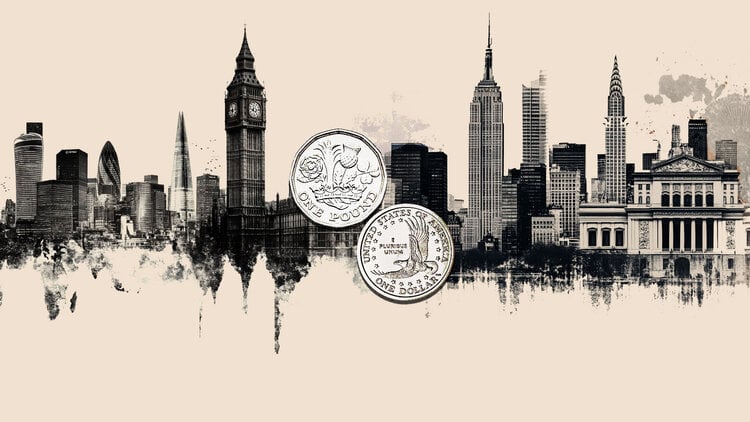- The DXY Dollar Index falls near 106.00 on a calm Friday.
- DXY remains weak as US markets open on Black Friday after remaining closed on Thursday.
- The Fed’s hawkish stance and strong US economic outlook could limit the decline.
The US Dollar Index (DXY), which measures the value of the USD against a basket of currencies, is trading near 106.10 with slight losses but trimmed most of its daily losses, which saw the index below 106.00.
Overall, the US dollar maintains a bullish outlook, supported by strong economic data and a hawkish stance from the Federal Reserve (Fed). Despite profit-taking and geopolitical uncertainty, the bullish trend remains intact.
This week, low liquidity and market holidays have resulted in reduced trading activity, but the DXY is expected to continue its upward trajectory due to robust US economic growth.
Daily Market Summary: US Dollar Stabilizes on Friday Ahead of the Weekend
- The US Dollar Index is currently trading near 106.00 with slight losses.
- The Dollar has recovered since the reopening of US markets on Black Friday.
- The rally in the Euro, which put pressure on the USD, has decreased, influencing the behavior of the DXY.
- The Fed’s hawkish stance could continue to push the index higher.
- This week’s Federal Open Market Committee minutes suggested the Fed is in no rush to cut rates.
- Some participants warned that disinflation could take longer than expected. Officials discussed a “technical adjustment” to money market operations.
- According to the CME FedWatch tool, the odds of a rate cut in December have increased to around 66%.
DXY Technical Outlook: Despite Profit Taking, Outlook Remains Bullish
Technical indicators for the DXY suggest a period of consolidation with the Relative Strength Index (RSI) and Moving Average Convergence/Divergence (MACD) indicators hovering around neutral levels.
Despite a recent drop below the 20-day Simple Moving Average (SMA), the index has recovered quickly, indicating that the uptrend remains intact. Key support lies at 106.00-106.50, while resistance lies at 108.00. The overall bullish momentum suggests the bullish trend will likely continue in the medium term as the US economy remains robust and the Fed is expected to cool rate cut expectations. Traders should closely monitor the 106.00 level as a break below this level could trigger further declines.
The US Dollar FAQs
The United States Dollar (USD) is the official currency of the United States of America, and the “de facto” currency of a significant number of other countries where it is in circulation alongside local banknotes. According to 2022 data, it is the most traded currency in the world, with more than 88% of all global currency exchange operations, equivalent to an average of $6.6 trillion in daily transactions. After World War II, the USD took over from the pound sterling as the world’s reserve currency.
The single most important factor influencing the value of the US Dollar is monetary policy, which is determined by the Federal Reserve (Fed). The Fed has two mandates: achieve price stability (control inflation) and promote full employment. Your main tool to achieve these two objectives is to adjust interest rates. When prices rise too quickly and inflation exceeds the 2% target set by the Fed, the Fed raises rates, which favors the price of the dollar. When Inflation falls below 2% or the unemployment rate is too high, the Fed can lower interest rates, which weighs on the Dollar.
In extreme situations, the Federal Reserve can also print more dollars and enact quantitative easing (QE). QE is the process by which the Fed substantially increases the flow of credit into a clogged financial system. This is an unconventional policy measure used when credit has dried up because banks do not lend to each other (for fear of counterparty default). It is a last resort when a simple lowering of interest rates is unlikely to achieve the necessary result. It was the Fed’s weapon of choice to combat the credit crunch that occurred during the Great Financial Crisis of 2008. It involves the Fed printing more dollars and using them to buy US government bonds, primarily from financial institutions. QE usually leads to a weakening of the US Dollar.
Quantitative tightening (QT) is the reverse process by which the Federal Reserve stops purchasing bonds from financial institutions and does not reinvest the principal of maturing portfolio securities in new purchases. It is usually positive for the US dollar.
Source: Fx Street
I am Joshua Winder, a senior-level journalist and editor at World Stock Market. I specialize in covering news related to the stock market and economic trends. With more than 8 years of experience in this field, I have become an expert in financial reporting.







